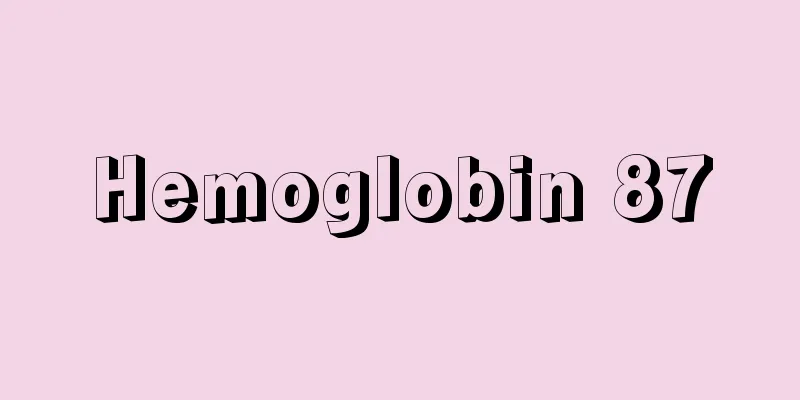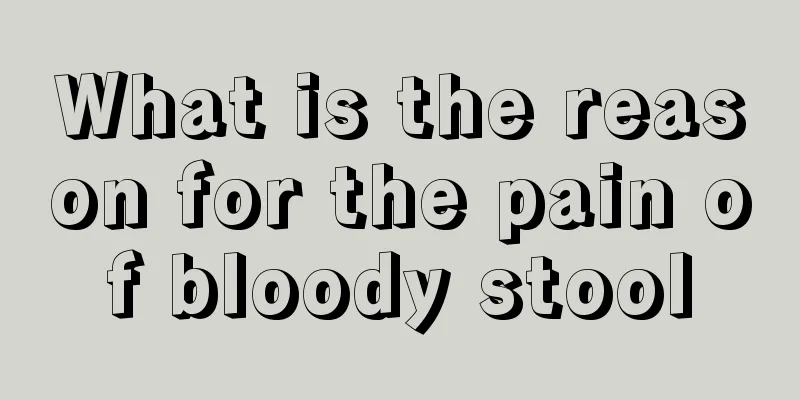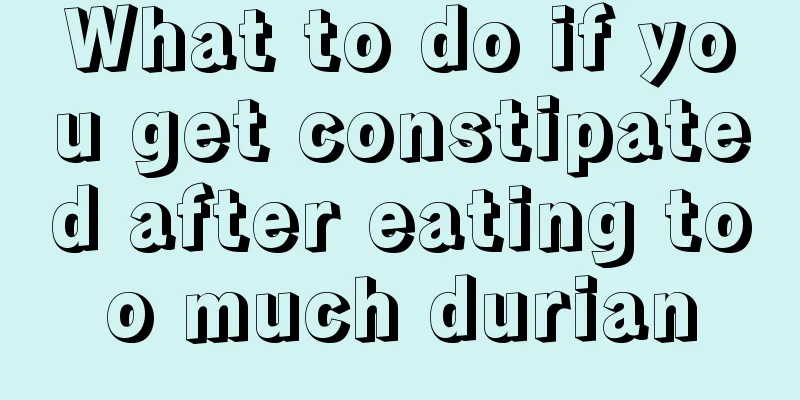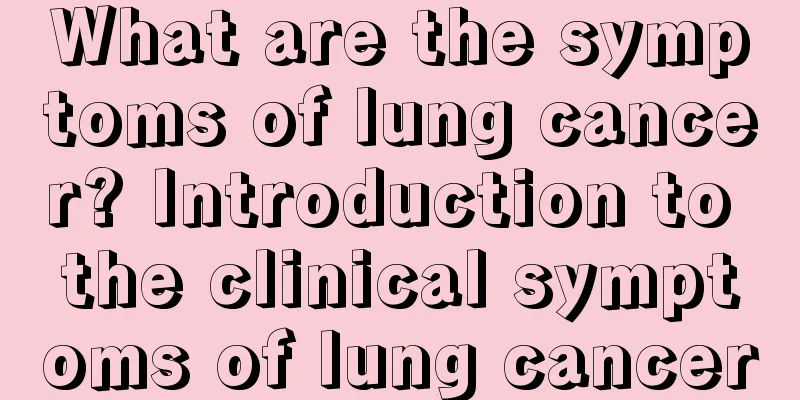Hemoglobin 87

|
The hemoglobin index is actually very important for everyone's body. If there is a problem with your hemoglobin, it means that there is some disease in your blood vessels. So when you find that your hemoglobin is 87 during the examination, don't be too nervous. After all, everyone's physical condition is completely different, especially children's physical condition is generally lower than that of adults. The hemoglobin reference value varies slightly depending on gender and age. The reference range is as follows: 1. Male 120~165g/L (12.0~16.5g/dl) 2. Female 110~150g/L (11.0~15.0g/dl) 3. Babies 160~220g/L (16.0~22.0g/dl) 4. Children 110~160g/L (11.0~16.0g/dl) The hemoglobin level in children decreases with age and approaches that of adults. The physiological and pathological variations of hemoglobin are roughly the same as those of red blood cells. However, in various anemias, the reduction of red blood cells and hemoglobin is not necessarily in a parallel relationship. 1. Physiological increase Newborns, plateau residents, etc. 2. Pathological increase Polycythemia vera, dehydration caused by various reasons, congenital heart disease, cor pulmonale, etc. 3. Reduce Various anemias (such as aplastic anemia, iron deficiency anemia, sideroblastic anemia, megaloblastic anemia, hemolytic anemia, thalassemia, etc.), massive blood loss (such as traumatic bleeding, surgical bleeding, postpartum bleeding, acute gastrointestinal bleeding, chronic blood loss caused by ulcers, etc.), leukemia, postpartum, chemotherapy, hookworm disease, etc. The English abbreviation for hemoglobin is HGB or Hb. Hemoglobin is a special protein that transports oxygen within red blood cells and is the protein that makes blood red. It is composed of globin and heme. The globin part is a tetramer composed of two pairs of different globin chains (α chain and β chain). The International System of Units is now widely adopted, with the number of grams of hemoglobin in each liter (one thousand milliliters) of blood as the standard. The utility value of hemoglobin and red blood cells is similar. The increase and decrease of hemoglobin can refer to the clinical significance of the increase and decrease of red blood cells. The most important component in red blood cells is hemoglobin, which is composed of globin and heme. The biosynthesis of globin is the same as that of general proteins. Heme is an iron porphyrin compound and a cofactor of hemoglobin as well as myoglobin, cytochrome, peroxidase, catalase, etc. Heme involved in hemoglobin synthesis is mainly synthesized in immature red blood cells and reticulocytes in the bone marrow. |
<<: How long after stopping hormones will an outbreak occur
Recommend
What is the commonly mentioned brain cancer?
What is brain cancer? Brain cancer is also called...
What are the early symptoms of lung cancer? If you have these four symptoms, you need to pay attention to them
The main early symptoms of lung cancer are: cough...
What should I do if the flesh inside my teeth is swollen and painful?
Dental health is very important to us. Many peopl...
How much is the cost of radiotherapy after breast cancer surgery
How much does postoperative radiotherapy for brea...
Aortic valvular insufficiency
Aortic valve insufficiency can cause the blood fl...
What are the reasons why teeth show their roots?
The structure of teeth is very complex, and there...
The key to treating pancreatic cancer is prevention
The onset of pancreatic cancer troubles many pati...
Can I have a kidney transplant if my thyroid cancer is partially removed and there is no recurrence?
Whether a thyroid cancer patient can undergo a ki...
The following are the first symptoms of nasopharyngeal carcinoma patients
To avoid the trouble of nasopharyngeal cancer, we...
Can inguinal lymphoma be cured
It is found that the incidence of lymphoma in Chi...
What kind of physique is not suitable for swimming?
Only by exercising continuously can the human bod...
What is the most effective way to relieve itching after insect bites
After being bitten by mosquitoes, a big lump will...
What are the advantages and disadvantages of steppers
Many people want to go outside for a walk and exe...
How is rotavirus caused
Rotavirus is a very common virus in infants and y...
Hot steam eye mask
Nowadays, people are becoming more and more aware...









